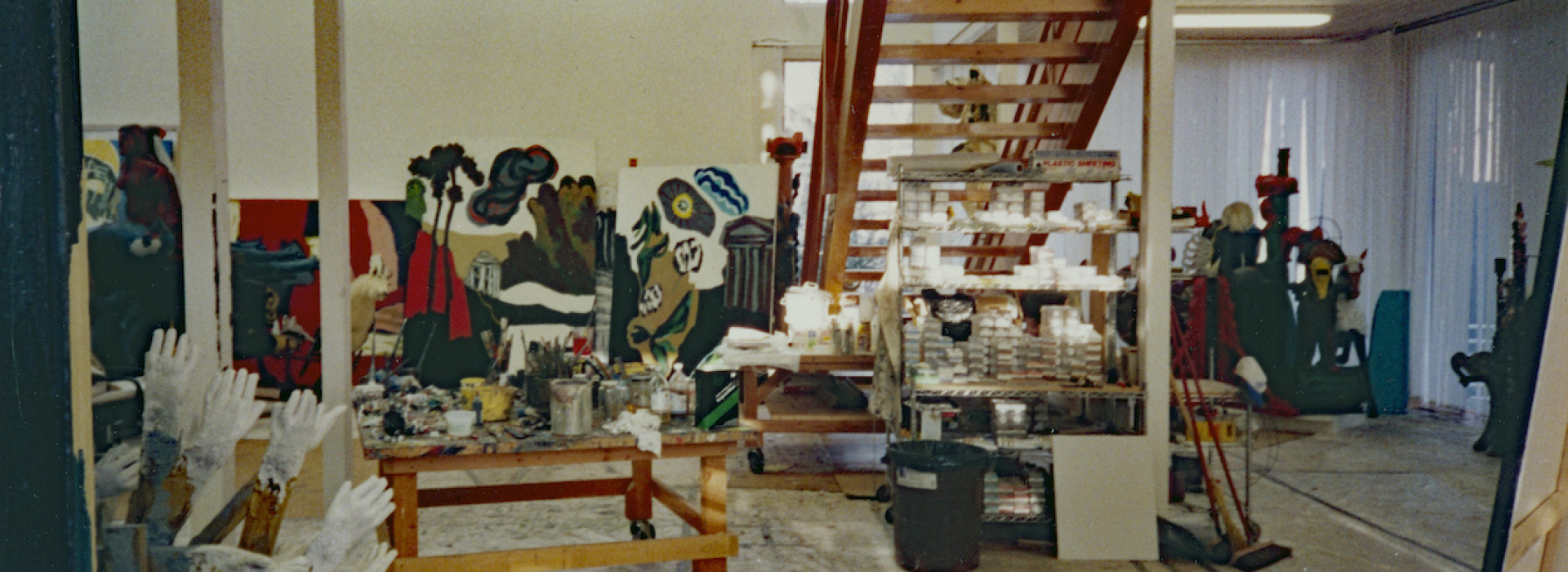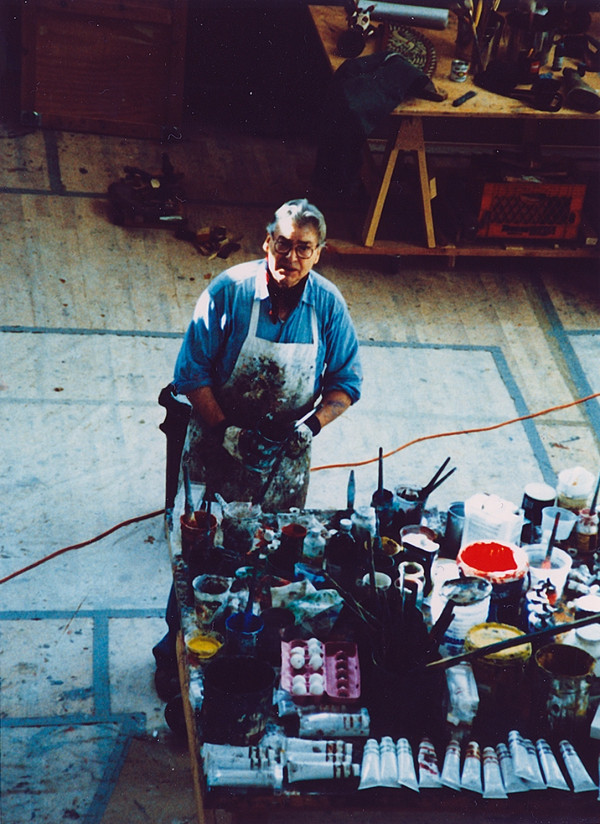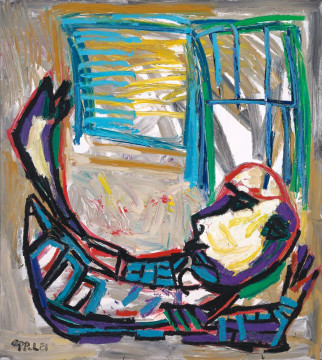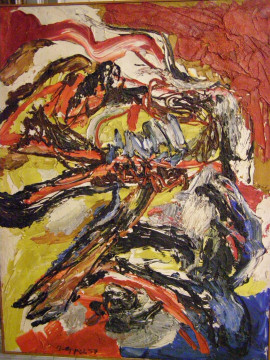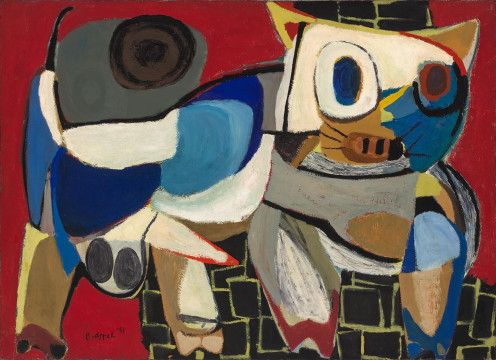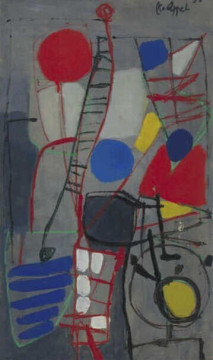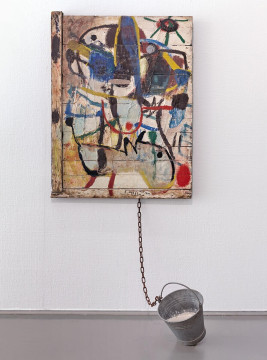Abstracts
Joan Banach
American painter, living in in New York, who knew Karel Appel very well since the 1980ies, and who has often discussed with him in person issues related to paint, technique etc.
Ida A. T. Bronken
Conservator at the National Museum in Oslo, who investigates in her recent publication Soft Paint – And the Care of Painting (2023) the phenomenon of soft and dripping paint found in 20th century oil paintings – a challenge for both the conservator and curator.
Klaas Jan van den Berg
Leader of the Heritage of the 20th Century programme of the Cultural Heritage Agency of the Netherlands and Professor of Conservation Science (Painted Art) at the University of Amsterdam. He will explain the details of the Dutch Cultural Heritage’s research program.
Juliette Evezard
Post Doc researcher attached to the department Étude du Contemporain en Littérature, Langues, Arts of the Université Jean Monnet Saint-Étienne, who has published last year her study on Michel Tapié, an empresario of the Parisian avant-garde of the 1950ies, who was crucial for Appel’s international breakthrough. She will share the results of her recent research on Appel’s reception during his long period (1950-1976) in Paris.
Fahed Ibrahim
Scientist at the Cultural Heritage Agency of the Netherlands and practicing artist, who will analyse Karel Appel’s materials’ use and the consequences for the interpretation and conservation of his early paintings.
Franz W. Kaiser
International exhibition curator and writer, Director of the Karel Appel Foundation, who will speak about Appel’s adaptation of New York School Abstract Expressionism and the difficulties involved with judging about what is a damage to be restored and what is to be considered as being part of the work.
Sandra Kisters
Head of Collections and Research of Museum Boijmans Van Beuningen in Rotterdam (NL) and member of the Heritage of the 20th Century programme of the Cultural Heritage Agency.
Hanspeter Marty
Former painting conservator at the Kunsthaus Zürich, who has been working for the Karel Appel Foundation since 2005. He will share his experience of dealing with characteristic conservation issues concerning works by Karel Appel.
Antonien Rijksen
Deputy Director of the Karel Appel Foundation, who discovered that Karel Appel often used drawings as a starting point for certain paintings, which challenges the still dominant stereotype of a spontaneous painter.
Louise Wijnberg
Independent conservator since 2022, former painting conservator at the Stedelijk Museum Amsterdam. For Museum Boijmans Van Beuningen she researched all the paintings of Karel Appel in the collection of this museum, focusing on the conservation related to the use of materials, techniques by Karel Appel with special interest in the Studio practice. She will share what she discovered.


